- About SmiRac
- Our Services
Integrated Facility Services
Cleaning and Building Maintenance Services
Ground Maintenance
- Who we Serve
- Join Us
- Investor
- Location
- Knowledge Center
Snow & Ice Management
Snow and ice management activities are crucial for maintaining safety and accessibility in areas prone to winter weather conditions. These activities involve various tasks aimed at preventing ice buildup, removing snow, and ensuring that roads, walkways, and properties are safe for travel and use.
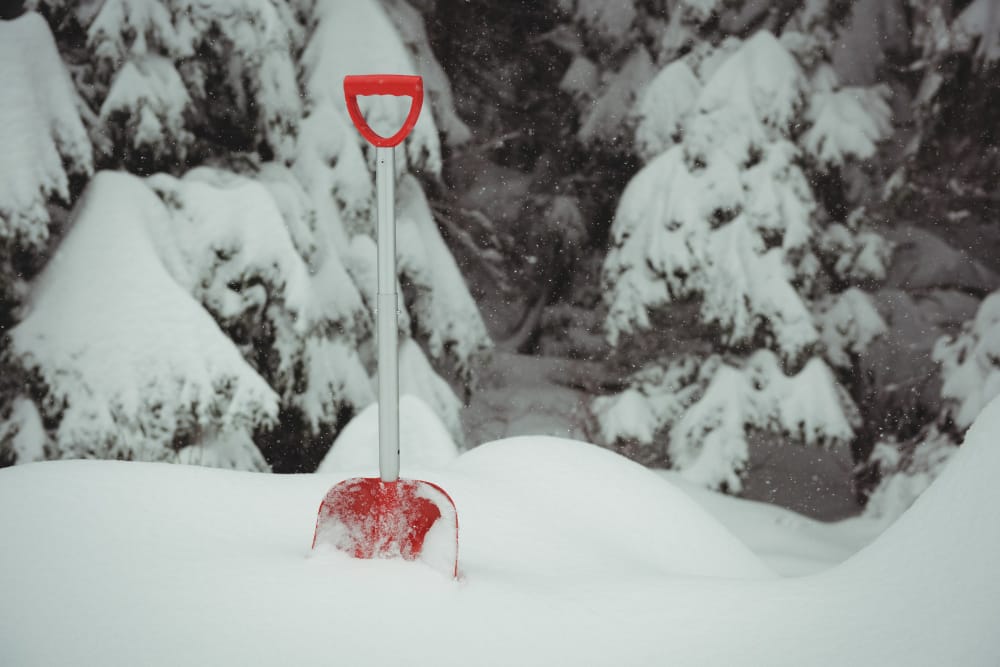
Snow plowing involves using specialized equipment, such as snowplows and snow blowers, to remove accumulated snow from roads, parking lots, driveways, and other paved surfaces. Plowing clears the way for vehicles and pedestrians, preventing hazardous conditions.
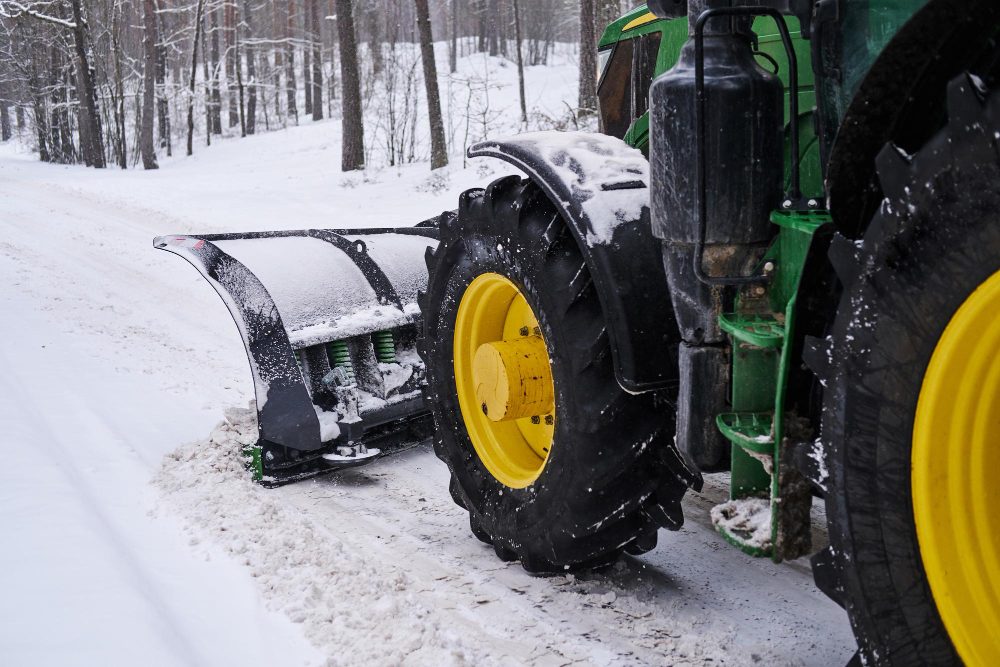
Shoveling and manually clearing snow from sidewalks, entrances, and smaller areas where equipment might not be suitable. This is important for ensuring safe passage for pedestrians.
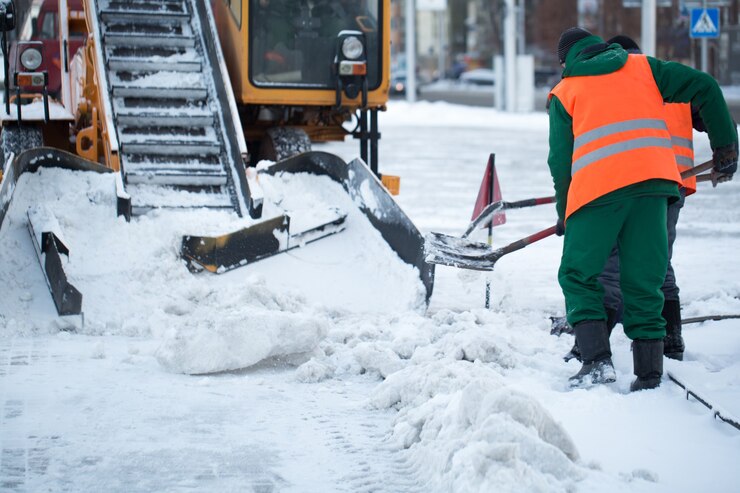
Ice control focuses on preventing ice formation or removing existing ice from surfaces. De-icing agents such as rock salt, calcium chloride, and sand are applied to reduce the risk of slipperiness.
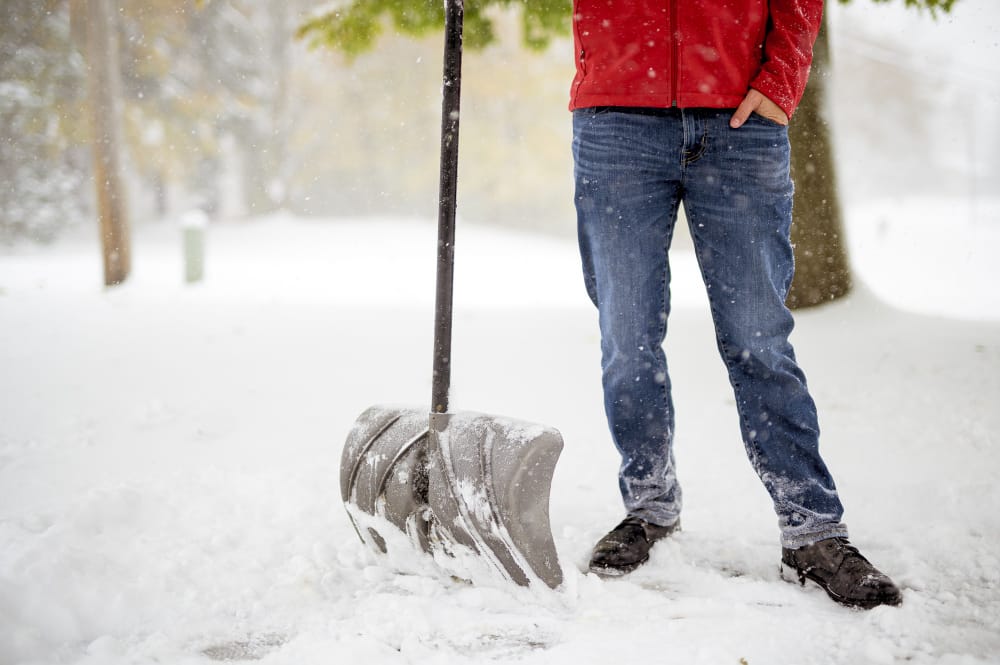
Applying de-icing agents before a snowstorm can prevent snow and ice from bonding to surfaces, making removal easier afterward.
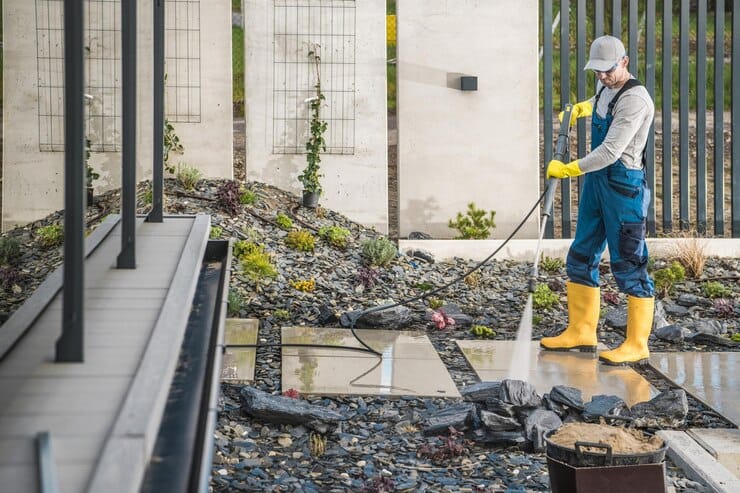
Clearing snow and ice from sidewalks, pathways, and entryways to prevent slips and falls and ensure safe pedestrian access.

Applying salt or de-icing agents to parking lots and roads to prevent ice formation and improve traction for vehicles.
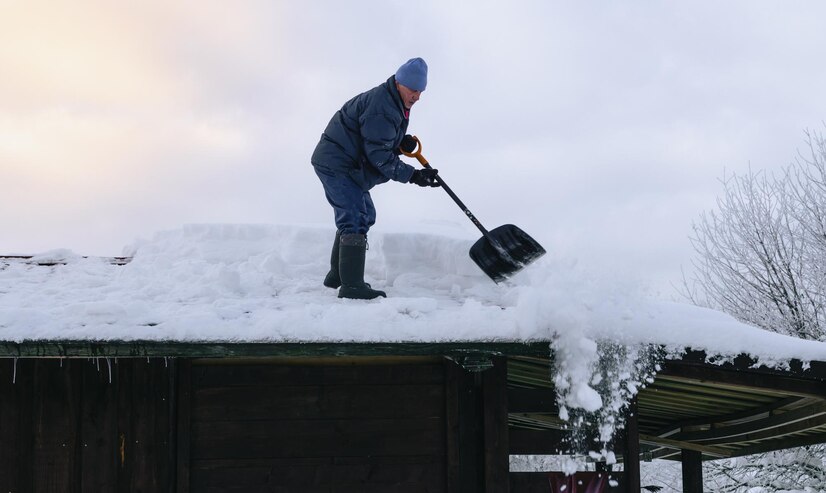
Removing heavy snow from roofs to prevent structural damage and potential collapses due to the weight of accumulated snow.
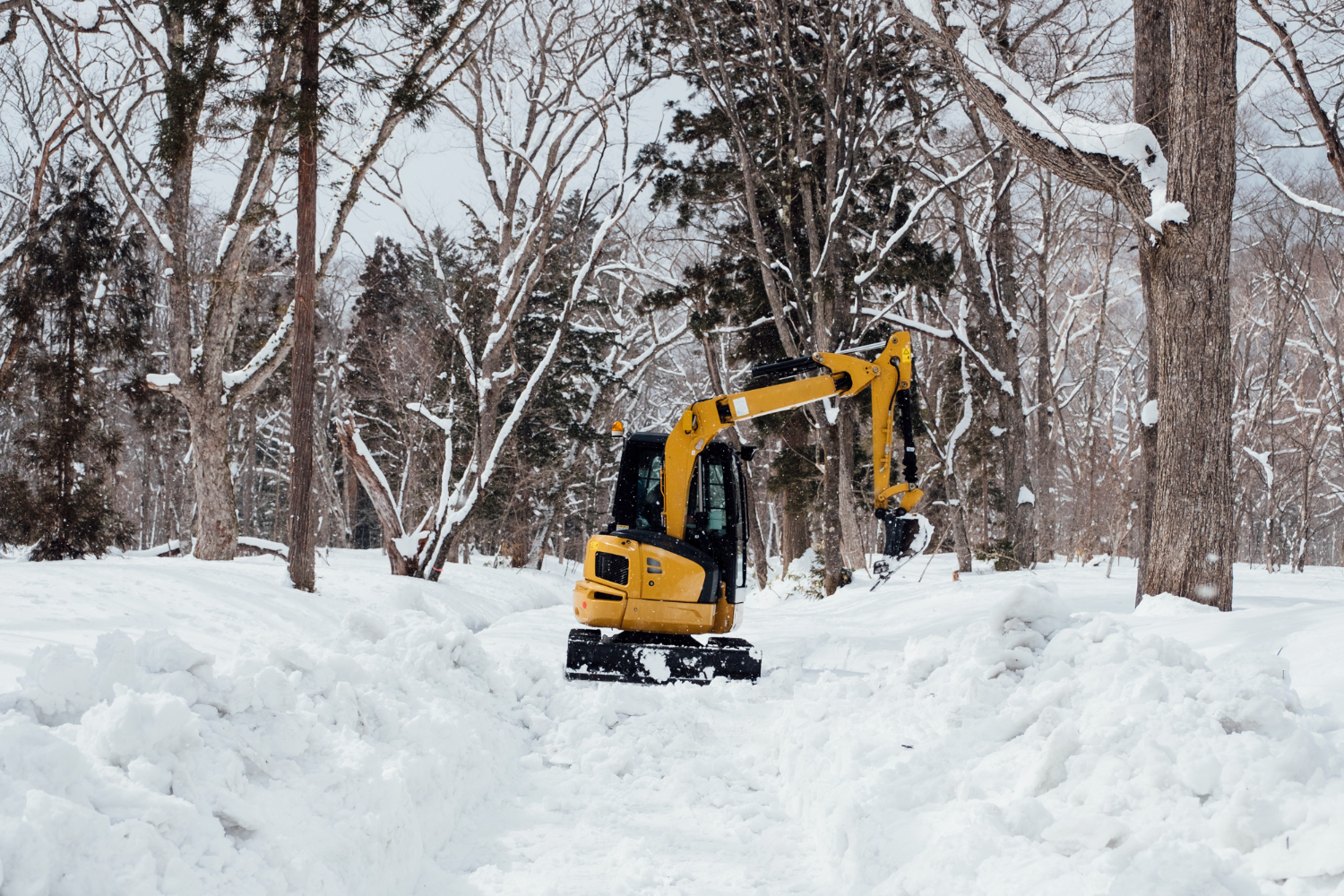
In cases of significant snow accumulation, snow may need to be relocated to designated areas using snowplows or loaders.

Constant monitoring of weather conditions to be prepared for snow and ice events. Quick response to changing conditions is essential for effective snow and ice management.

Rapid response to sudden weather changes and unexpected snowfall to ensure safety and maintain functionality.

Using specialized equipment such as snow blowers, snow melters, and sand spreaders for efficient snow and ice removal.

Clear communication with property owners, tenants, and the public about snow removal plans and any potential disruptions.

Using eco-friendly de-icing materials and practices to minimize the impact on the environment.

Assessing potential risks, such as icy patches or snow accumulation in specific areas, and addressing them promptly.

Maintaining records of snow and ice management activities, including the timing of services and the materials used.
Notifications